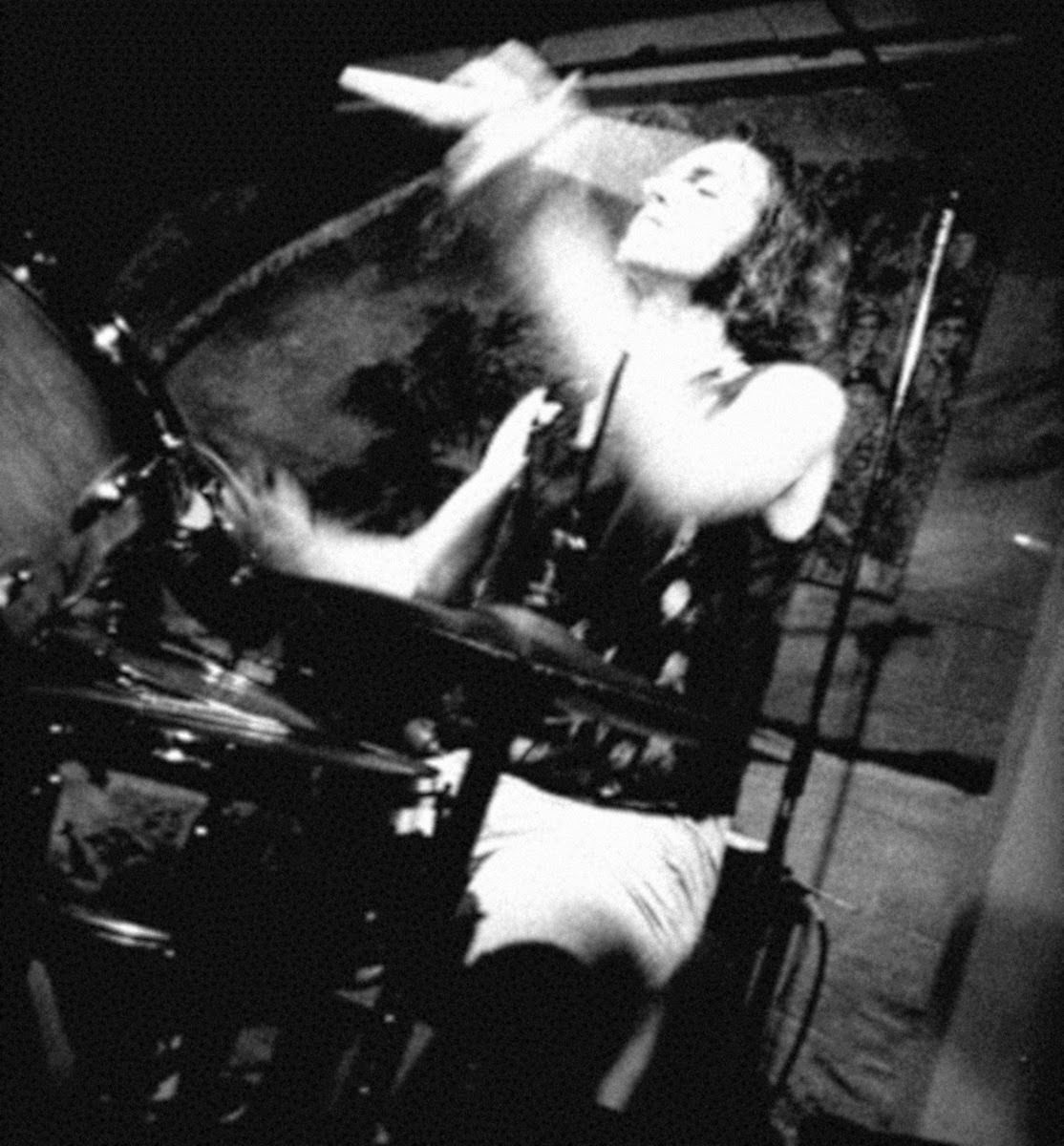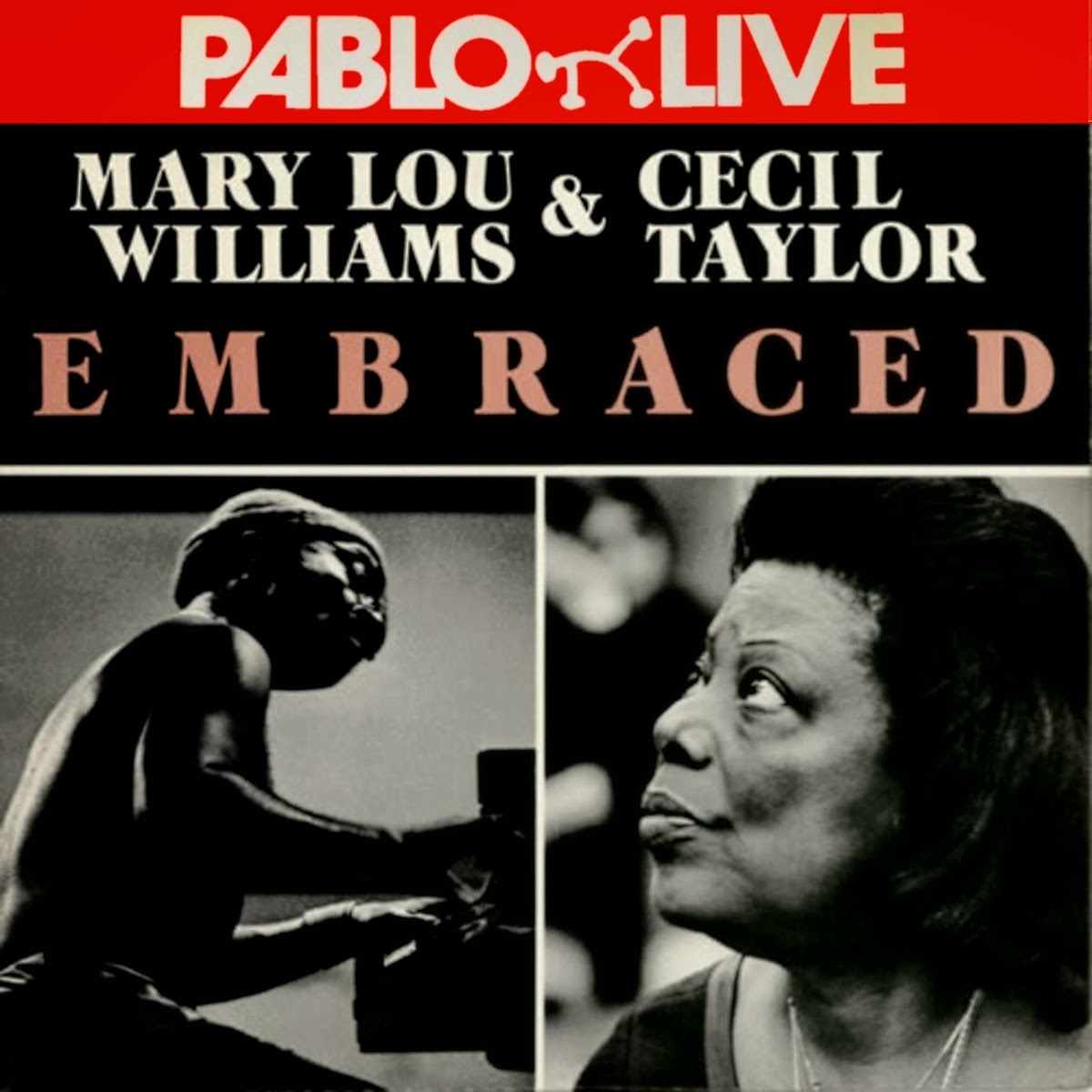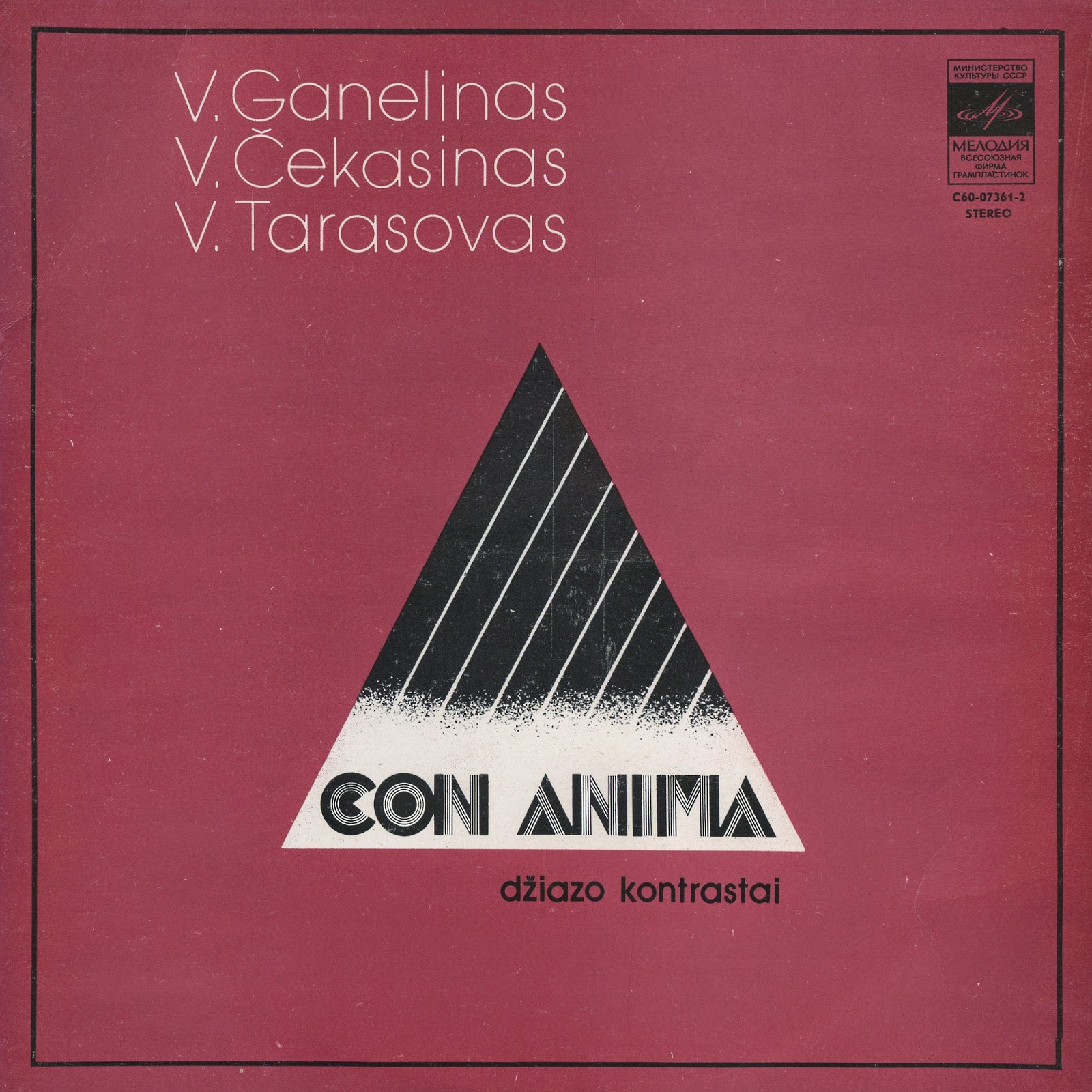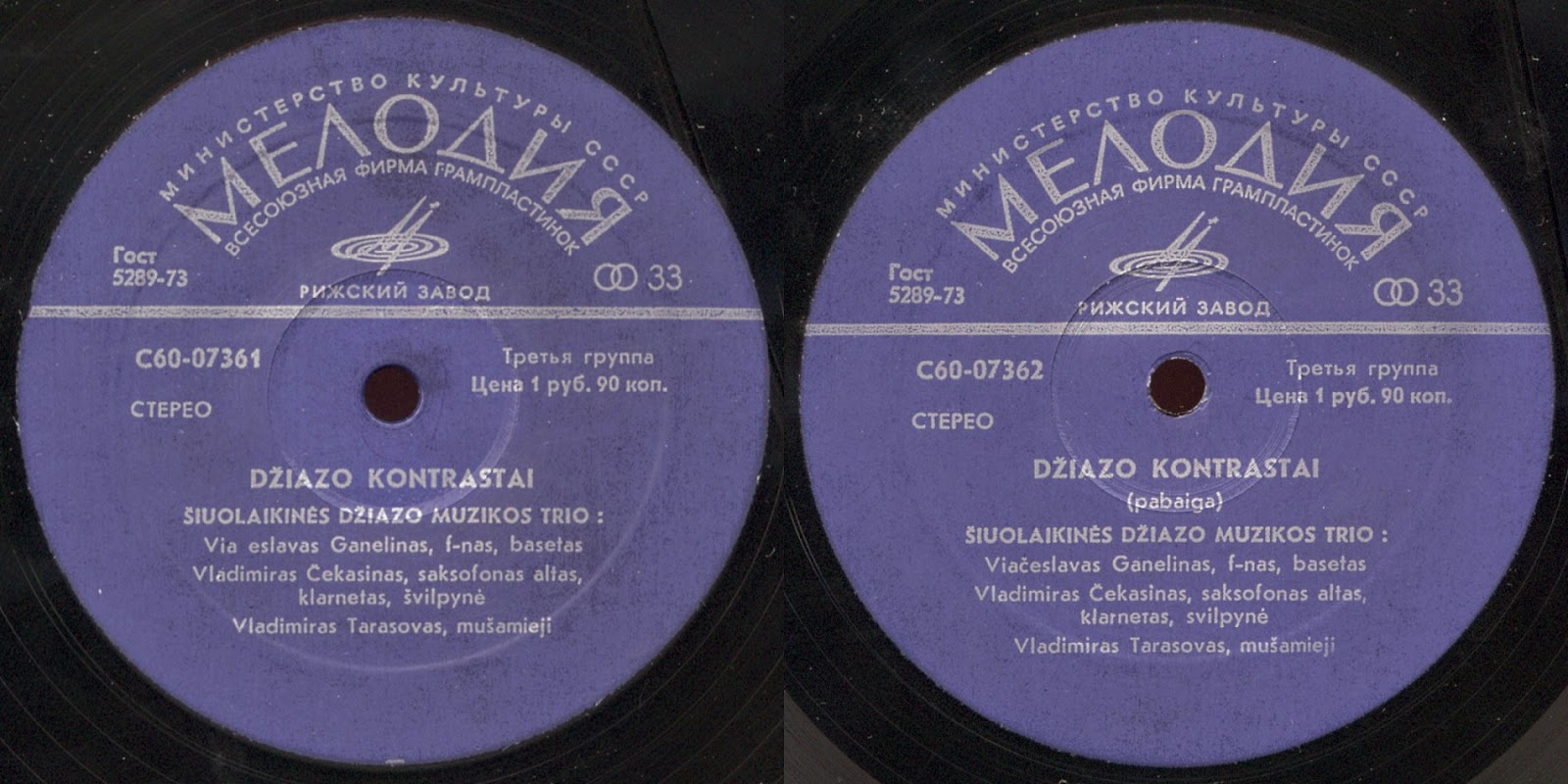Label: Cavity Search – CSR 44
Format: 2 × CD, Album / Country: US / Released: 1999
Style: Free Jazz, Free Improvisation
Recorded live on 30 November 1997, at The Old Church, Portland, Oregon
Cover painting: Pierre Buraglio ("À Philippe de Champagne" - 1996)
Photos: Gilles Laheurte
Art Direction – Christopher Cooper and John Eckenrode
Recording By – Eric Squires
Mastering By – Eric Squires, Jeff Batts and Danny Swofford
CD #1 - 1st Set
1-1/ Shuffle Boil (Thelonious Monk) . . . 7:22
1-2/ The Bath (Steve Lacy) . . . 8:25
1-3/ The Rent (SL) . . . 10:23
1-4/ Prayer (SL) . . . 10:05
1-5/ Blinks (SL) . . . 9:37
CD #2 - 2nd Set
2-1/ The Door (Steve Lacy) . . . 10:56
2-2/ Retreat (SL) . . . 10:02
2-3/ Gospel (SL) . . . 7:15
2-4/ Flakes (SL) . . . 8:05
2-5/ Bone (SL) . . . 11:19
2-6/ Bookioni [encore] (SL) . . . 3:22
Steve Lacy / soprano saxophone, voice
Jean-Jacques Avenel / bass
John Betsch / drums, percussion
The Rent is an absolutely remarkable recording and much credit goes to Avenel and Betsch for their truly inspired performances. Plenty of solo space, depth and wonderfully recorded, The Rent stands out in glowing fashion as one of Lacy’s finest and most satisfying recordings of recent years. Then again it is often difficult to keep pace with Lacy’s ongoing yet voluminous discography; however, this one should be deemed essential listening...
In a 1992 interview for Cadence, Steve Lacy explained: "To me, music is always about something or somebody, or from somebody or something. It's never in the blue, never abstract. You have to dig into the music to see what's happening, you have to question it. Sometimes I don't know what it's about or who it is about until the music comes out; after a while, I question it, and I see - "Ahh, that's who that is!" And so, all his compositions are just that: a portrait of / an homage to "somebody" or a reference to "something." Lacy's thoughts on this process are evident on his sheet music: at the end of each tune, he attaches a small picture with the name of the person to whom he offers the tribute. The finished sheet is in itself a work of art, combining graphics and collages.
This album with its title piece, THE RENT, is humbly dedicated to the memory of the French jazz critic Laurent Goddet, whose untimely death by suicide in the late 80's affected everyone in French music circles. He was one of the first people to generously help Lacy when he moved to Paris in 1970. After several years of disentchantment in Rome with enthusiastic but amateur Italian musicians, the music scene in Paris had seemed to Lacy a bit like the promised land. However, finding enough gigs was tough, and Lacy and his wife Irene Aebi were soon "in the dumps", scraping and scratching to survive. Goddet helped them out selflessly.
To all who knew Goddet, his suicide was a total surprise. To those who loved him, his death was like a brutal rip in a delicate and cherished piece of fabric. The tragedy was devastating to Lacy who was left with "une profonde déchirure au coeur," i.e. a rent in his heart. It also left Lacy with a deep indebtness to Goddet for the altruistic help he had received from him, which he suddenly realized he could possibly no longer return, except through his music. As a result, the tune THE RENT carries the scars of the violent rip of emotions, the indebtness owed a true friend ("the rent is a phenomenon that we're all forced to deal with - we have to pay the rent, you know") and it is also a play on his name, "The Rent" - Laurent. The piece is both bright (a lighhearted "A" part, sort of a Cha Cha Cha) and dark (a grinding "B" part, screaming the blues), as if to reflect the dichotomy between the apparent insouciance of Goddet's life and the scorching pain he was hiding in his soul.
The other tunes in this album are also tributes in their own special way: SHUFFLE BOIL, the current "standard" opening number to the trio's concerts, obviously expressing Thelonious Monk's everlasting mark on Lacy's Muse; THE BATH, to Dexter Gordon, a dark blues "inspired from a film called "Max" (Einer Moos), where Henri Miller allows his favorite bum to bathe and change in his Paris flat"; PRAYER, to Charlie Rouse, a kind of "soul" music with an angular melody, but in fact an Irish-American spiritual with Zen/Buddhist overtones; BLINKS, to trombonist Kid Ory, its principal lick taken from an old Dixieland phrase of the 20's; THE DOOR, to Joseph Haydn, who liked to employ knocking rhythms in some of his work; RETREAT, "a little Rhapsody for Bob Marley, based on a mode from the Far East in tick-tock time" inspired by a quote from 18th Century painter Thomas Gainsborough; GOSPEL, "a shout and a blues, a stomp and a wail", to Stevie Wonder ; FLAKES, to American painter Mark Rothko; BONE, the oldest composition in the set (1969), to Lester Young, from the song cycle "The Way / Tao Suite", based on a Lao-Tzu poem; and BOOKIONI, the current encore to the trio's performances, inspired by Lacy's former drummer, Oliver Johnson.
They represent only a fraction of the group's vast repertoire - several pieces from Monk, all others from Lacy's own musical universe. They have been explored extensively since 1995, when the famous twenty year-old Steve Lacy Sextet was stripped down to the current Trio, and were explored further during the rather ambitious North American Tour of November 1997, when this recording was made: 25 cities in 30 days, flying back and forth from the West Coast to the East Coast, from North to South, a truly grueling schedule. This was one of the last concerts before flying "home" to Paris. Yet the musicians, and the music, show no sign of fatigue. Quite the contrary, it is as if the presence of Laurent Goddet was felt and had energized everyone present.
The album is blessed with the wonderful acoustics of the picturesque "Old Church" in Portland. It is also blessed with a very crisp engineering which brings out beautifully the natural sounds of Lacy's sharp and varied timbral inflections, Avenel's warm virtuoso solos and embroideries, and Betsch's subtle/attentive dosage of colorful drumming. It is further blessed with a very responsive and enthusiastic audience. Another special blessing is the release of the two sets in their unexpurgated form, as they happened, giving the CD listener the magical illusion of "being there," a great compensation to all who could not be in Portland that night. The two sets demonstrate the unerring sense of balance in Lacy's choice of tunes, deceptively simple elegant melodies, in which his improvisations remain fresh, always, even after 45 years of soprano playing.
One often says that time fosters deep alliances between minds, and this album effectively shows the ease with which the three musicians relate. There is an empathic equilibrium which makes their "communion" in the Old Church seem effortless and complete, all three musicians flying high and landing impeccably on their feet. No doubt that, had he been alive and present that night, Laurent Goddet himself would have been delighted, and would have simply said : "What great music! Listen!"
_By Gilles Laheurte (February 1999)
Buy this album!
























































































































